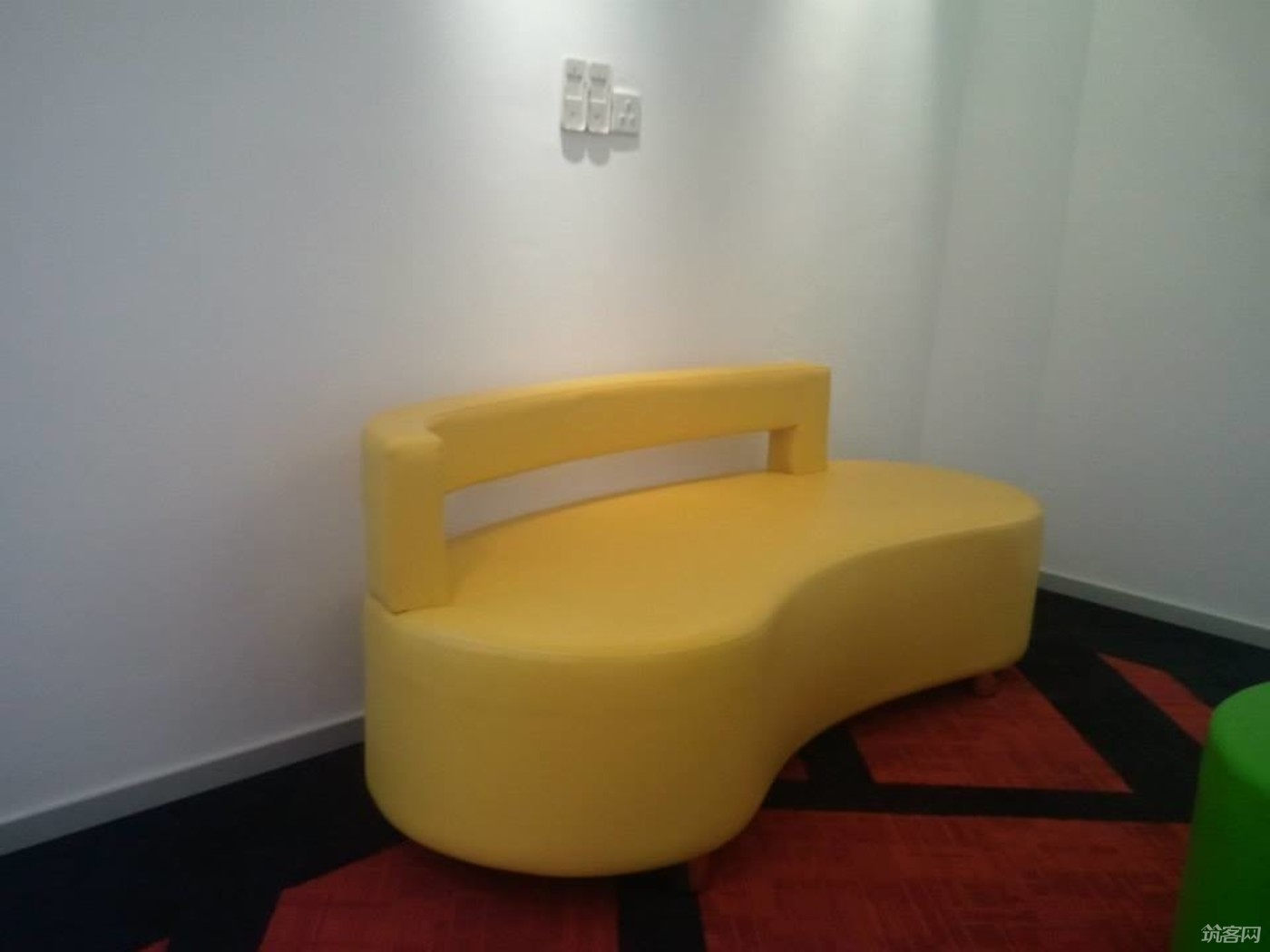Title: Are Sofa Cushions Contaminated with Formaldehyde?
Are Sofa Cushions Contaminated with Formaldehyde?Sofa cushions are a common source of exposure to formaldehyde, a chemical compound that may have harmful effects on human health. Formaldehyde is present in many household products, including carpets, upholstery, and building materials, and can release into the air when these materials are exposed to moisture or heat.Exposure to high levels of formaldehyde has been linked to an increased risk of cancer and respiratory problems, such as asthma and lung cancer. The exact risks depend on the amount and duration of exposure, as well as other factors such as age, gender, and genetics.To minimize your risk of exposure to formaldehyde from sofa cushions, choose products that are labeled as low- or no-formaldehyde, and avoid using foam padding on upholstered furniture. If you already own upholstered furniture with foam padding, consider replacing it with a safer alternative such as memory foam or latex padding. Additionally, keep your home well-ventilated and maintain good indoor air quality through regular cleaning and ventilation.In summary, while sofa cushions may be a common source of exposure to formaldehyde, there are steps you can take to reduce your risk of harm. By choosing low- or no-formaldehyde products and maintaining good indoor air quality, you can help protect your health and well-being.
Introduction
Sofa cushions are an essential part of modern living, providing comfortable seating and adding aesthetic value to your home. However, with the growing awareness of health concerns related to indoor air pollution, many homeowners are curious about the presence of VOCs (volatile organic compounds), particularly formaldehyde, in these cushions. This article aims to address this query by discussing the potential sources of formaldehyde in sofa cushions, the health risks associated with exposure, and ways to reduce or eliminate formaldehyde emissions from these products.

Sources of Formaldehyde in Sofa Cushions
Formaldehyde is a naturally occurring compound that can be released into indoor environments through various human and environmental activities. In the case of sofa cushions, several factors contribute to its presence, including:
1. Chemical composition: Some sofa cushion materials, such as synthetic fibers like polyester, contain additives that may release formaldehyde during manufacturing or use.
2. Upholstery materials: The fabric or leather used for sofa cushions can also contribute to formaldehyde emissions if they contain certain VOCs or other volatile chemicals. For example, certain types of PU (polyurethane) foam padding may emit formaldehyde when exposed to moisture or heat.
3. Wood components: Sofa frames made from wood may contain small amounts of formaldehyde, which can seep into the cushion over time due to moisture and decay. However, this is generally considered a low risk factor compared to the other sources listed above.
Health Risks Associated with Formaldehyde Exposure
While the amount of formaldehyde emitted from sofa cushions is generally low, prolonged exposure to this chemical can pose health risks, especially for people with respiratory or cardiovascular conditions. Typical symptoms of formaldehyde exposure include:

* Respiratory problems: Shortness of breath, coughing, wheezing, and chest tightness are common signs of respiratory irritation caused by formaldehyde exposure.
* Skin rashes: Contact withformaldehydecan cause itching, burning, redness, or swelling of the skin, particularly in people with sensitive skin or allergies.
* Eye irritation: Prolonged exposure toformaldehydecan irritate the eyes and cause symptoms such as watery or dry eyes, burning or stinging sensations, and blurred vision.
* Headaches and dizziness: Somepeoplemayexperienceheadachesordizzinessasaresultofexposuretoformaldehyde.
* Long-term health effects: Prolonged exposure to high levels of formaldehyde has been linked to an increased risk of cancer, neurological disorders, and developmental abnormalities in children. However, the evidence for these associations is still limited and not conclusive.
Ways to Reduce or Eliminate Formaldehyde Emissions from Sofa Cushions
To minimize your exposure to formaldehyde and reduce potential health risks associated with it, consider the following strategies:

1. Choose low-emission materials: When purchasing a new sofa or cushion, look for labels indicating that the product has been certified by a recognized third-party organization that follows strict emission standards for volatile organic compounds. Examples include GREENGUARD Gold or OEKO-TEX® Standard 100 certifications for textile products. These certifications indicate that the product has undergone rigorous testing for harmful chemicals and meets specific emission limits.
2. Regular maintenance: Keeping your sofa cushions clean and dry can help prevent the buildup of mold or mildew, which can contribute to formaldehyde emissions. Vacuum regularly using a vacuum cleaner with a HEPA filter to remove dust particles and allergens. If possible, wash your cushion covers in cold water using a mild detergent and hang them outside to dry completely before returning them to the sofa.
3. Upgrade your cushion filling: Consider replacing older sofa cushions with newer models that use low-emission foam padding made from natural materials like memory foam or recycled plastic. These options tend to have lower levels of formaldehyde emissions compared to synthetic alternatives like polyester fiberfill.
4. Increase ventilation: Proper ventilation can help reduce indoor pollutants, including formaldehyde. Open windows and doors throughout the day to allow fresh air to circulate through your home. If you live in a humid climate or have pets, consider using a dehumidifier to maintain appropriate humidity levels inside your home.
Conclusion
In conclusion, while sofa cushions can potentially contain formaldehyde and other volatile organic compounds that pose health risks, most modern cushions are designed with low-emission materials and follow strict emission standards set by regulatory bodies
Articles related to the knowledge points of this article:
Vogue-Inspired Jackets: The Ultimate in Fashion and Warmth
Title: The Art of Mens Scarves: A Fashion Statement Beyond Measure
Unveiling the Enigma: A Masterclass in Timeless Luxury with Hermès Iconic Silk Scarf
UNDER ARMOUR FEATHERED JACKET: A WARM AND COMFORTABLE WINTER COAT
Title: Transforming a Scarf into a Beautiful Flower: A Step-by-Step Guide



